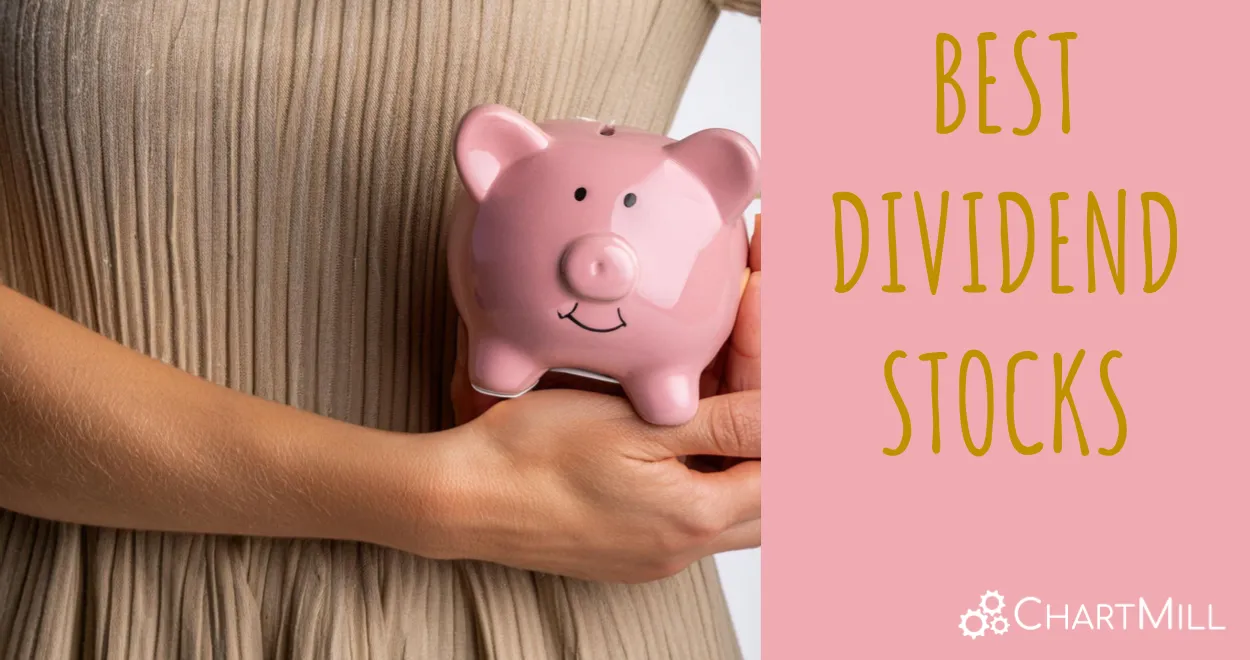Is NASDAQ:SNY a Good Fit for Dividend Investing?
By Mill Chart
Last update: Oct 31, 2023
Take a closer look at SANOFI-ADR (NASDAQ:SNY), a stock of interest to dividend investors uncovered by our stock screener. NASDAQ:SNY excels in fundamentals and provides a decent dividend, all while maintaining a reasonable valuation. Let's break it down further.
Dividend Insights: NASDAQ:SNY
ChartMill assigns a proprietary Dividend Rating to each stock. The score is computed by evaluating various valuation aspects, like the yield, the history, the dividend growth and sustainability. NASDAQ:SNY was assigned a score of 8 for dividend:
- With a Yearly Dividend Yield of 4.23%, SNY is a good candidate for dividend investing.
- Compared to an average industry Dividend Yield of 4.50, SNY pays a better dividend. On top of this SNY pays more dividend than 95.15% of the companies listed in the same industry.
- SNY's Dividend Yield is rather good when compared to the S&P500 average which is at 2.80.
- SNY has paid a dividend for at least 10 years, which is a reliable track record.
- 35.10% of the earnings are spent on dividend by SNY. This is a low number and sustainable payout ratio.
- The dividend of SNY is growing, but earnings are growing more, so the dividend growth is sustainable.
Understanding NASDAQ:SNY's Health Score
Every stock is evaluated by ChartMill, receiving a Health Rating on a scale of 0 to 10. This assessment considers different health aspects, including liquidity and solvency, both in absolute terms and relative to industry peers. NASDAQ:SNY has achieved a 7 out of 10:
- SNY has an Altman-Z score of 3.02. This indicates that SNY is financially healthy and has little risk of bankruptcy at the moment.
- SNY's Altman-Z score of 3.02 is fine compared to the rest of the industry. SNY outperforms 76.21% of its industry peers.
- The Debt to FCF ratio of SNY is 2.59, which is a good value as it means it would take SNY, 2.59 years of fcf income to pay off all of its debts.
- SNY's Debt to FCF ratio of 2.59 is amongst the best of the industry. SNY outperforms 91.75% of its industry peers.
- SNY has a Debt/Equity ratio of 0.22. This is a healthy value indicating a solid balance between debt and equity.
- SNY does not score too well on the current and quick ratio evaluation. However, as it has excellent solvency and profitability, these ratios do not necessarly indicate liquidity issues and need to be evaluated against the specifics of the business.
Understanding NASDAQ:SNY's Profitability
ChartMill utilizes a Profitability Rating to assess stocks, scoring them on a scale of 0 to 10. This rating takes into account a variety of profitability ratios and margins, both in absolute terms and in comparison to industry peers. NASDAQ:SNY has earned a 8 out of 10:
- The Return On Assets of SNY (10.12%) is better than 91.26% of its industry peers.
- With an excellent Return On Equity value of 17.47%, SNY belongs to the best of the industry, outperforming 90.29% of the companies in the same industry.
- SNY's Return On Invested Capital of 15.53% is amongst the best of the industry. SNY outperforms 92.72% of its industry peers.
- The last Return On Invested Capital (15.53%) for SNY is above the 3 year average (6.95%), which is a sign of increasing profitability.
- Looking at the Profit Margin, with a value of 18.09%, SNY belongs to the top of the industry, outperforming 90.78% of the companies in the same industry.
- SNY's Operating Margin of 27.75% is amongst the best of the industry. SNY outperforms 94.17% of its industry peers.
- In the last couple of years the Operating Margin of SNY has grown nicely.
- SNY has a better Gross Margin (70.31%) than 78.16% of its industry peers.
More Best Dividend stocks can be found in our Best Dividend screener.
Our latest full fundamental report of SNY contains the most current fundamental analsysis.
Disclaimer
This is not investing advice! The article highlights some of the observations at the time of writing, but you should always make your own analysis and invest based on your own insights.
